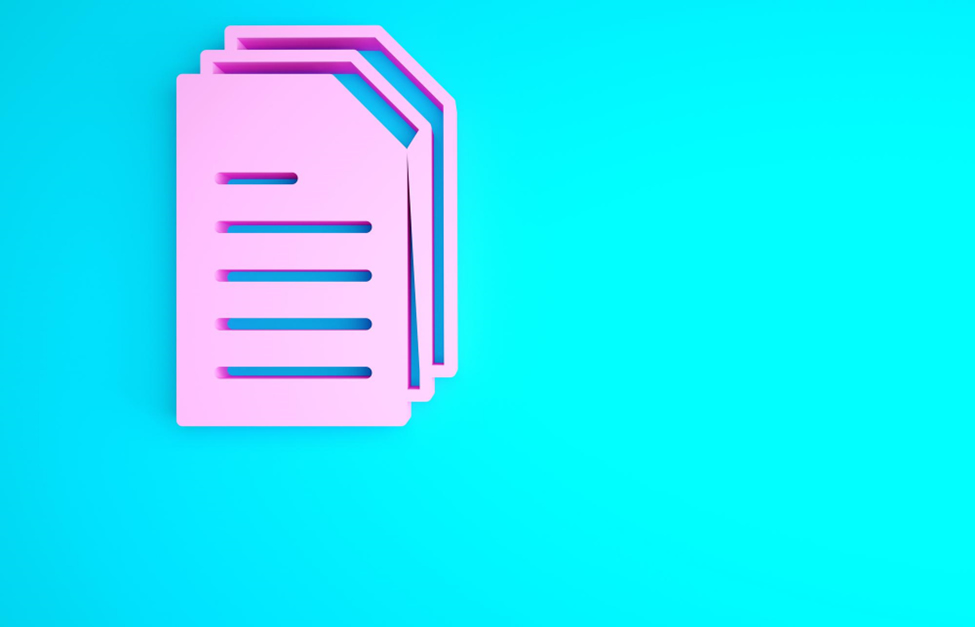The Evolution of Faxing: From Traditional Machines to Digital Solutions
The way businesses and individuals communicate with one another across distances has evolved from simple letter writing just a few hundred years ago to instant message transmission in the digital era.
One communication method that has certainly advanced with modern times is faxing. Let’s take a look back through time to understand how this traditional technology has evolved to remain relevant in the digital world.
The First Fax
Alexander Bain patented the earliest fax machine in May 1843. While it is quite a departure from the machine you might be familiar with, it was able to scan a message or document line by line and then transfer it.
By 1865, Frederick Bakewell and Giovanni Caselli improved Bain’s machine so that images could be sent via telegraph lines. This is considered the birth of the commercial fax machine used today, though it would still undergo a series of improvements over the years until evolving into its modern-day version.
Continued Advancements
After the first fax machine’s introduction, inventors around the globe attempted to create their own versions, which increased competition in the market and led to consistent advancements in technology.
From the late 1800s into the early 20th century, the fax machine underwent a series of improvements, such as scanning two-dimensional images without manual drawing, scanning and transmitting signatures, images, color faxes, and more.
Widespread Faxing Adoption
By the mid-20th century, the continued innovation of faxing technology spurred its widespread adoption. Businesses found it to be a much quicker and more convenient method for sending images, radio signals, and other types of complex data than through the mail.
One of the biggest breakthroughs in faxing technology was when Xerox released its first “commercial” fax machine in 1964, the Long Distance Xerography (LDX) machine.
While this was still relatively expensive and complicated to operate, two years later, the company released an updated machine, the Magnafax. This machine could connect to standard phone lines and transmit a letter-sized document in roughly six minutes. These two innovative models helped standardize faxing as a communication medium and make it much more accessible to users, though it still had its limitations.
Modern Internet Faxing Solutions
Today, online faxing services have emerged as a more convenient, cost-effective, and digitally-compatible alternative to the traditional fax machine.
These services allow users to send and receive documents from anywhere using their computer, laptop, or tablet, as long as they have an internet connection.
Digital faxing is much more streamlined and accessible. Users no longer need to access a physical fax machine connected to a phone line to transmit documents.
Many such services leverage advanced security features to ensure that only the intended recipient can view the fax. Thus, internet faxing doesn’t require compromising security for convenience.
Even as other digital communication methods have advanced over the years, faxing continues to evolve, supporting its longstanding use across industries.

